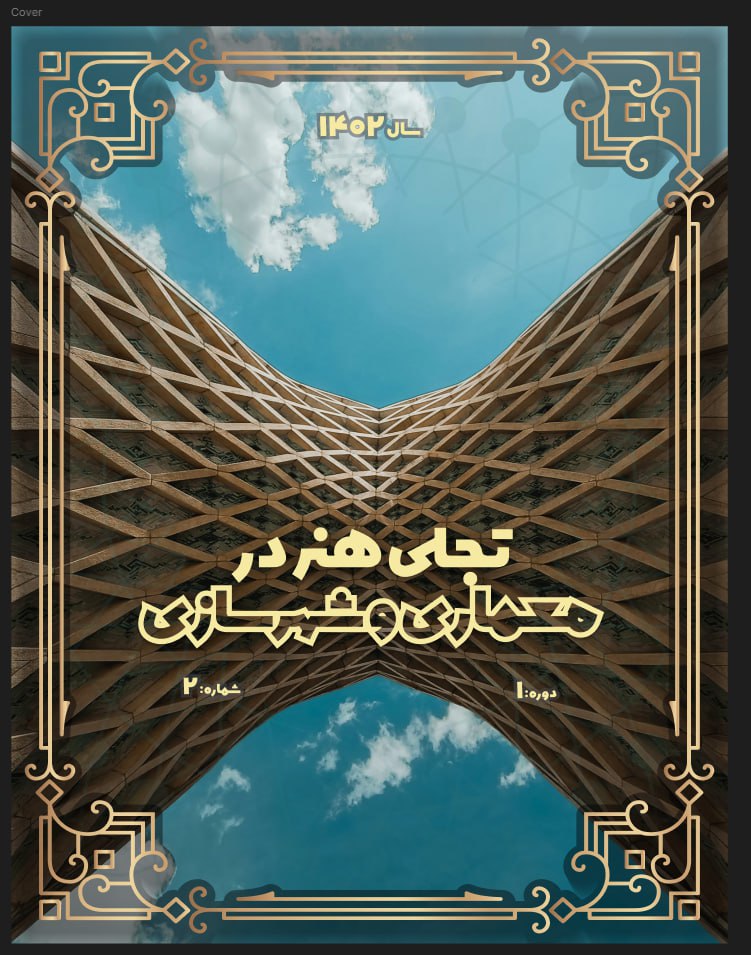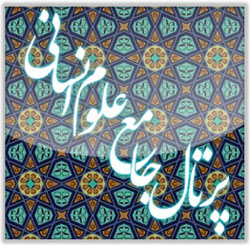گردشگری و توسعه پایدار شهری مطالعه موردی: شهر الشتر
کلمات کلیدی:
گردشگری, گردشگری شهری , توسعه پایدار شهری, الشترچکیده
گردشگری شهری عاملی بسیار مهم در توسعۀ شهرها محسوب میشود، زیرا نیروی زیادی برای جذب گردشگران دارد. توسعه پایدار گردشگری نوعی از گردشگری است که به مدیریت تمامی منابع منجر میکردد و نیاز گردشگران فعلی و جامعه میزبان را بدون خطر انداختن نسل آینده تامین میکند. توسـعه صنعت گردشگری الشتر بـدون داشتن چارچوب برنامه ریزی صحیح توسعه گردشگری سبب آسیب و زیانهای جبران ناپـذیری خواهد شـد، در سالهای اخیر گردشگری الشتر با کاهش جذب گردشگر مواجه شده است.رساله حاضر با هدف ﺑﺮﺭﺳﻲ صنعتﮔﺮﺩﺷﮕﺮﻱ بر توسعه پایدار شهری شهر الشتر شکل گرفته است. روش تحقیق به صورت توصیفی - تحلیلی بوده و دادههای تحقیق به روش کتابخانهای و اسنادی و با استفاده از پرسشنامه جمعآوری شده است. جامعه آماری تحقیق شامل دو بخش متخصصان و ساکنین شهروند شهر الشتر میباشد که حجم نمونه آماری متخصصان20 نفر و ساکنین شهروند383می باشد که برای متخصصان بصورت هدفمند قضاوتی و برای شهر وندان بصورت تصادفی ساده توزیع گردید. نتایج این تحقیق نشان داد که دارد بیشترین شدت تاثیر مربوط به مولفه نقش اقتصادی در صنعت گردشگری با مقدار 713/0 میباشد و کمترین تاثیر مربوط به نقش زیست محیطی در صنعت گردشگری با مقدار221/0 میباشد و با بررسی راهبردهای پیش رو مشخص گردید راهبرد انتخابی همان بازنگری یا انطباقی است. این راهبرد در واقع حداقل کردن نقاط ضعف و همچنین به فعلیت در آوردن نقاط فرصت است.
دانلودها
مراجع
1. Baloch QB, Shah SN, Iqbal N, Sheeraz M, Asadullah M, Mahar S, et al. Impact of tourism development upon environmental sustainability: a suggested framework for sustainable ecotourism. Environmental Science and Pollution Research. 2022;30(3):5917-30.
2. Klepej D, Marot N. Considering urban tourism in strategic spatial planning. Annals of Tourism Research Empirical Insights. 2024;5(2):100136.
3. Emir O, Bayer RU, Erdoğan NK, Karamaşa Ç. Evaluating the destination attractions from the point of experts' view: An application in Eskişehir. Turizam. 2016;20(2):92-104.
4. Ariani V, editor Integrated city as a model for a new wave urban tourism. IOP Conference Series: Earth and Environmental Science; 2018: IOP Publishing.
5. Heydari Chiyaneh R, Rahali H, Fekr F. Evaluating urban tourism attractions using the contingent valuation method (CVM): A case study of the Shoorabil attraction in Ardabil. Urban Tourism. 2017;4(1):57-70.
6. Mahmoudi B, Derakhshan Hooreh S. Strategic planning for tourism development in the Anshan tourism sample area in Khuzestan Province. Specialized Scientific Quarterly Journal of Tourism Research and Sustainable Development. 2019;2(1):1.
7. Razavi N. The necessity and foundations of children's participation in empowering rural communities. Journal of Housing and Rural Environment. 2013;133:29-38.
دانلود
چاپ شده
ارسال
بازنگری
پذیرش
شماره
نوع مقاله
مجوز
حق نشر 2025 Hadi Shakib (Author); Majid Shams; Abbas Malekhoseini (Author)

این پروژه تحت مجوز بین المللی Creative Commons Attribution-NonCommercial 4.0 می باشد.









